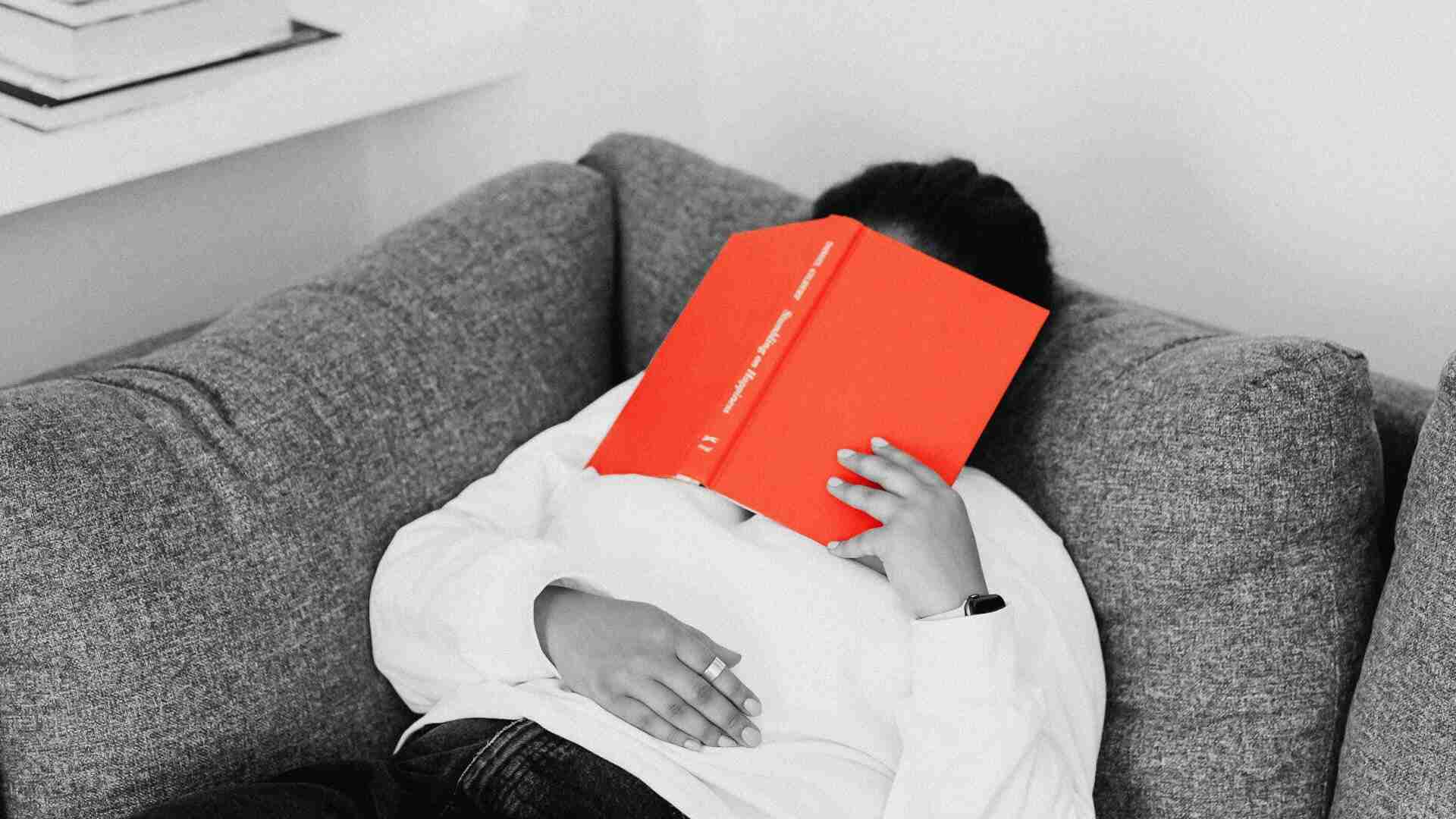- | 9:00 am
Double standards for women’s professional appearance persist (even working remotely)
Maryville University’s Leilani Carver-Madalon PhD says recognizing the stubborn persistence of this problem is the only way we can start to change it.

Despite a widespread return to the office, 52% of women prefer to work from home, with higher percentages for women of color. The unifying reason is that working from home reduces the time, money, and stress women spend needing to look and perform the narrow image of a “professional” defined by our society. This is in addition to other benefits of working from home, such as offering more flexibility for childcare. Working from home has provided a brief respite for women as the screen may be turned off, or at minimum, provides a barrier and a more distant physical representation of the individual.
Leaders should reexamine the historical double standards that women have faced and still face, regarding their appearance and what they wear. Recognizing and acknowledging the stubborn persistence of this problem is the only way we can start to change it.
PRODUCTIVITY VS. “PROFESSIONALISM”
Even powerful women are not spared these double standards, sartorial or otherwise, as evidenced recently when the Pprime Mminister of Finland, Sanna Marin, was viciously criticized when a video of her dancing with friends was leaked. Leading the uproar was a male Finnish sportscaster, Aleksi Valavuori, tweeting, “Please take your leather jacket and resign.” The “leather jacket” was a reference to the outfit she wore attending a rock festival (how scandalous!).
But whether it’s a leather jacket or a blazer with a deep neckline, Marin consistently gets judged more for what she wears rather than her leadership and performance during the pandemic or her role in Finland joining NATO.
Women all over the world relate to this double standard of Marin and are offering support on social media with the hashtag #solidaritywithsanna. But politics isn’t the only industry where women are policed for what they wear and choose to do in their personal time. In the media, the female co-anchor for the Today show in Australia was shamed after wearing the same blouse four months apart while her male counterpart, as a gesture of support, wore the exact same suit for an entire year and not a single person commented or even noticed. In fact, we see the opposite of shaming in the tech world, where men who wear the same outfit every day, such as Steve Jobs, Mark Zuckerberg, or even former President Obama, are praised as carving out a distinct personal brand and image. They are lauded for not wasting brainpower on something as trivial as thinking about what to wear.
PRESENTATION VS. PROMOTABILITY
Women are not criticized just for what they wear, either. They are also judged for how they look and appear overall. Consider the “beauty tax,” for example. Traditionally, being a woman in the workplace has meant being expected to look feminine, and that means wearing makeup. This comes as no small cost in terms of both time and money, as women in the U.S. spend an average of 45 minutes grooming, from styling their hair to applying makeup each day, and they constitute 80% to 90% of the $115- billion beauty industry.
When women fail to live up to American feminine beauty standards, there are measurable consequences for their careers. A Cornell University found, for example, that when the average white woman gains 64 pounds, her wages drop by 9%.
If women’s clothing and beauty standards were clear-cut, conforming to them would be a straightforward affair. Unfortunately, this is not the case. Women also have to be cautious not to look too attractive for fear of being penalized for that, too. In one study, attractive businesswomen were judged as being less truthful and more deserving of termination. In another study, women who dressed in a “sexy” manner were also perceived as less trustworthy as well as less competent. In other words, women are darned if they do and darned if they don’t. Women can’t win. Is it any wonder many want to work from home?
NEW POLICIES VS. OLD PERVASIVE BIAS
While working from home did not eliminate double standards, what it did do was possibly allow women some breathing space when it comes to the constant pressure cooker of what to wear and how to look. For some, keeping the camera off during Zoom meetings was at least an option. Additionally, filters on Zoom, only showing part of oneself (e.g., only your head and a screen as a potential buffer), made a difference in daily work life. But now, with many workers returning to offices, women may find that the pressure is back on.
While the general vibe at many companies seems to be a relaxed and casual look, and while companies may even be officially incorporating that into their dress codes, the outcomes for women remain to be seen. Formal policies are one thing; pervasive implicit biases are another. Will women find that they are being treated differently for dressing down despite meeting company guidelines? Or will they find themselves in another no-win situation where they’re told to dress down but, at the same time, are seen as less professional or competent if they do so? Or will they find some new freedoms whether they are behind screens or not?
Only time and experience will tell, but in the meantime, leaders of organizations should first show their people that they are valued for their work contributions and then should lead by visible examples to illustrate their expectations from everything from working from home to dress codes. And, like the male co-host of Australia’s Today show, leaders need to call out any double standards and implicit biases that they see since they are in positions where their voices would be heard the loudest and where the tone for the organizational culture is set.
Women still have more societal pressure than men to look physically attractive, but there are things that can be done to shift this focus. If working from home offers some people more freedom, then leaders should make this an opportunity as much as possible. Leaders should also seek to find other ways to help their people feel empowered and free, whether it is relaxing dress codes or providing training on implicit biases, or simply asking their people what they would prefer.
The Prime Minister of Finland should be able to dance during her weekend, as that has nothing to do with her work performance. Work should not be about fitting a cultural ideal but instead should be about the quality of the work you do. Dance on, Sanna.






































